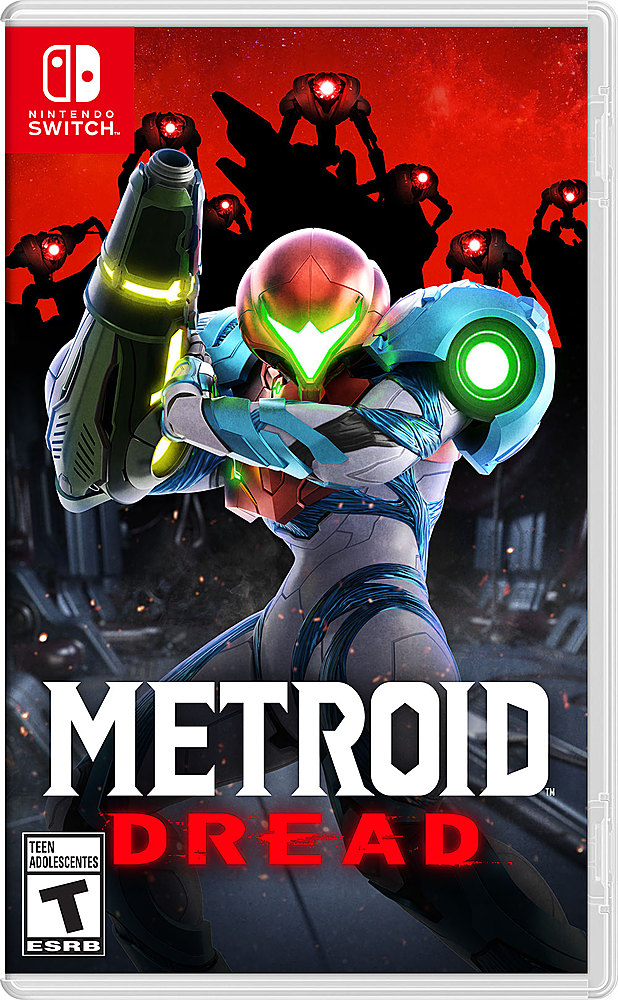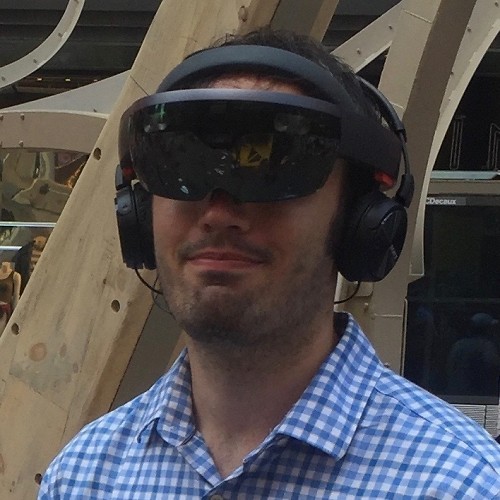Metroid Dread will end a 35-year story arc. Here's why that could save the franchise.
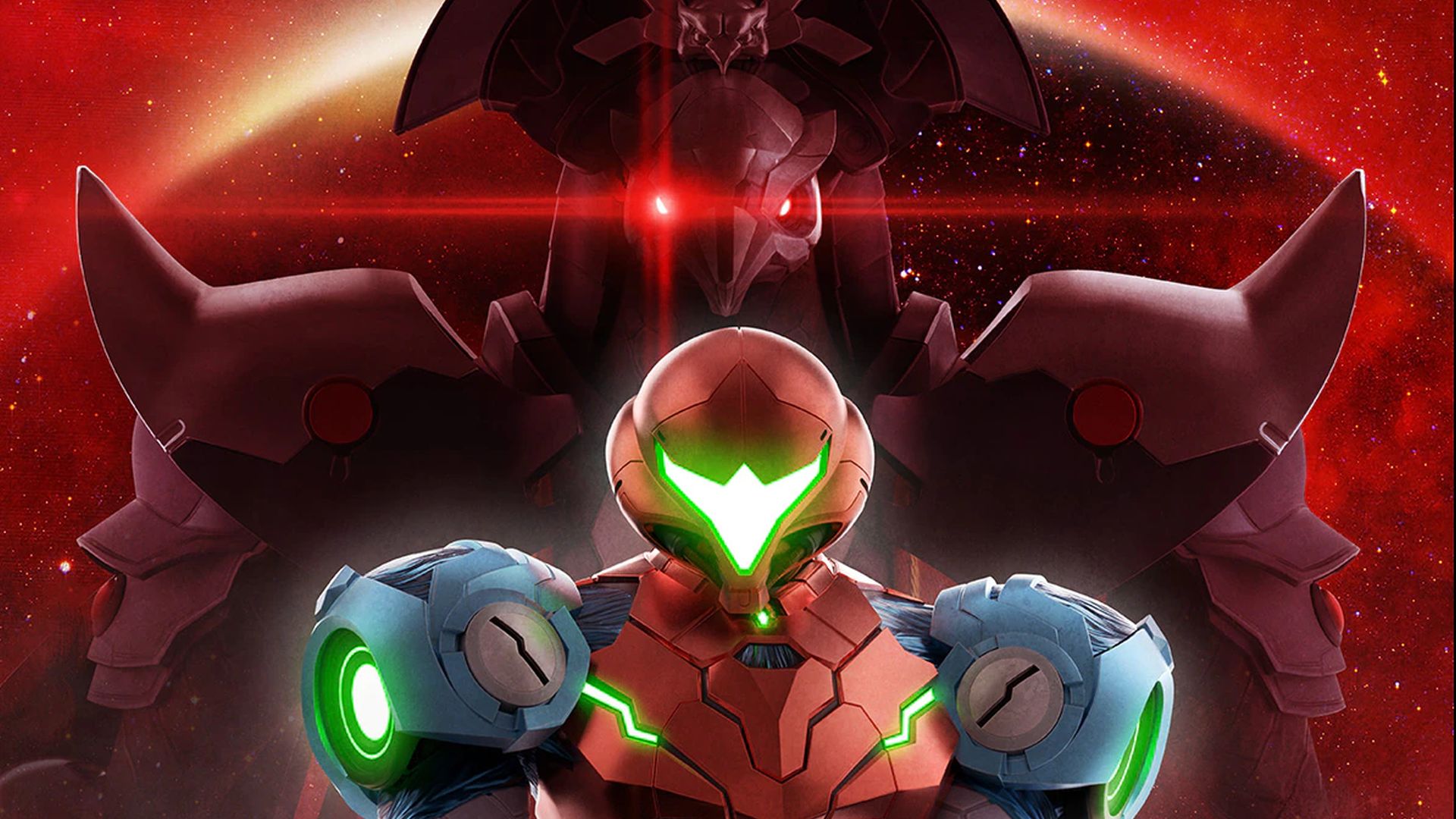
Nintendo has a fantastic roster of original characters — best evidenced by Smash Ultimate's bloated roster — but it has essentially abandoned several of its iconic franchises like kittens in boxes. F-Zero has been gone since 2004. We'll likely never see a Mother 3 port, let alone a new Earthbound game with Ness and company. Star Fox was shoved off on Rare and Namco before vanishing for a decade. Even the legendary Samus Aran from Metroid has struggled to find work.
Like many gamers of my generation, my introduction to Samus was the 3D Prime trilogy on the GameCube. I didn't pay much attention to the series' older games, and quite honestly, Team Ninja's 2.5D Metroid: Other M underwhelmed me so much that it soured me on trying any of the 2D games. It wasn't until I saw speedruns of Super Metroid at Games Done Quick that I decided to do a retro dive into the Metroid games, and fell in love all over again.
Now we're finally getting another entry with Metroid Dread, co-developed by Nintendo and Mercury Steam, a Spanish indie studio that produced Metroid: Samus Returns in 2017. The final chronological game in the Metroid series, Dread directly follows the plot of underappreciated GBA gem Metroid Fusion, which was the last Metroid game fully developed by a first-party Nintendo studio. And though you may disagree, I believe Dread will prove more important to the franchise than the long-delayed Metroid Prime 4 ever could.
Why? Because for Metroid games to persist into the future, Samus needs a reboot. Like the moment in every game where she loses her armor and abilities so she can regain them all over again, the bounty hunter needs to shed the franchise's past and rebuild herself as something new.
Dreading more of the same
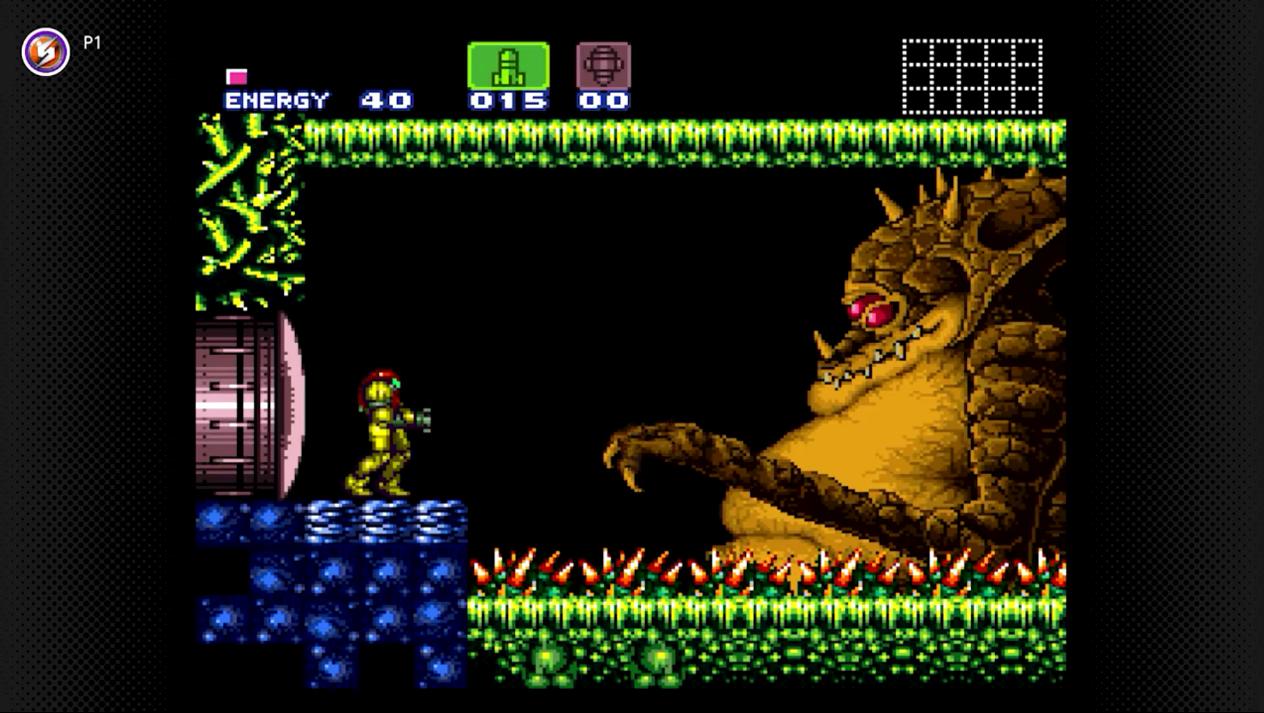
Among the best Metroid games, you'll notice a pretty persistent pattern. The Galactic Federation hires Samus to investigate a mysterious planet or space station after it goes radio silent. Upon arrival, a dangerous foe critically wounds her, causing her armor and weaponry to shatter. As she scrounges together new tools from Chozo or GF technology, Samus discovers that those dastardly Space Pirates (led by Ridley) are cloning Metroids to take over the galaxy! Again!
So she eradicates the Metroid infestation (for good this time, we promise!), defeats the final boss, barely escapes an explosion, and strips out of her armor for... reasons.
Now, I can already hear readers pointing out that this is par for the course for Nintendo. New games focus on new gameplay mechanics and updated visuals, not revamped stories. And that formula has worked! However, I'd argue it works better for more simplistic franchises like Mario and Kirby, both of which are pretty much blank slates. And it fits the world of Zelda, which leans into the idea of reincarnation and destiny.
iMore offers spot-on advice and guidance from our team of experts, with decades of Apple device experience to lean on. Learn more with iMore!
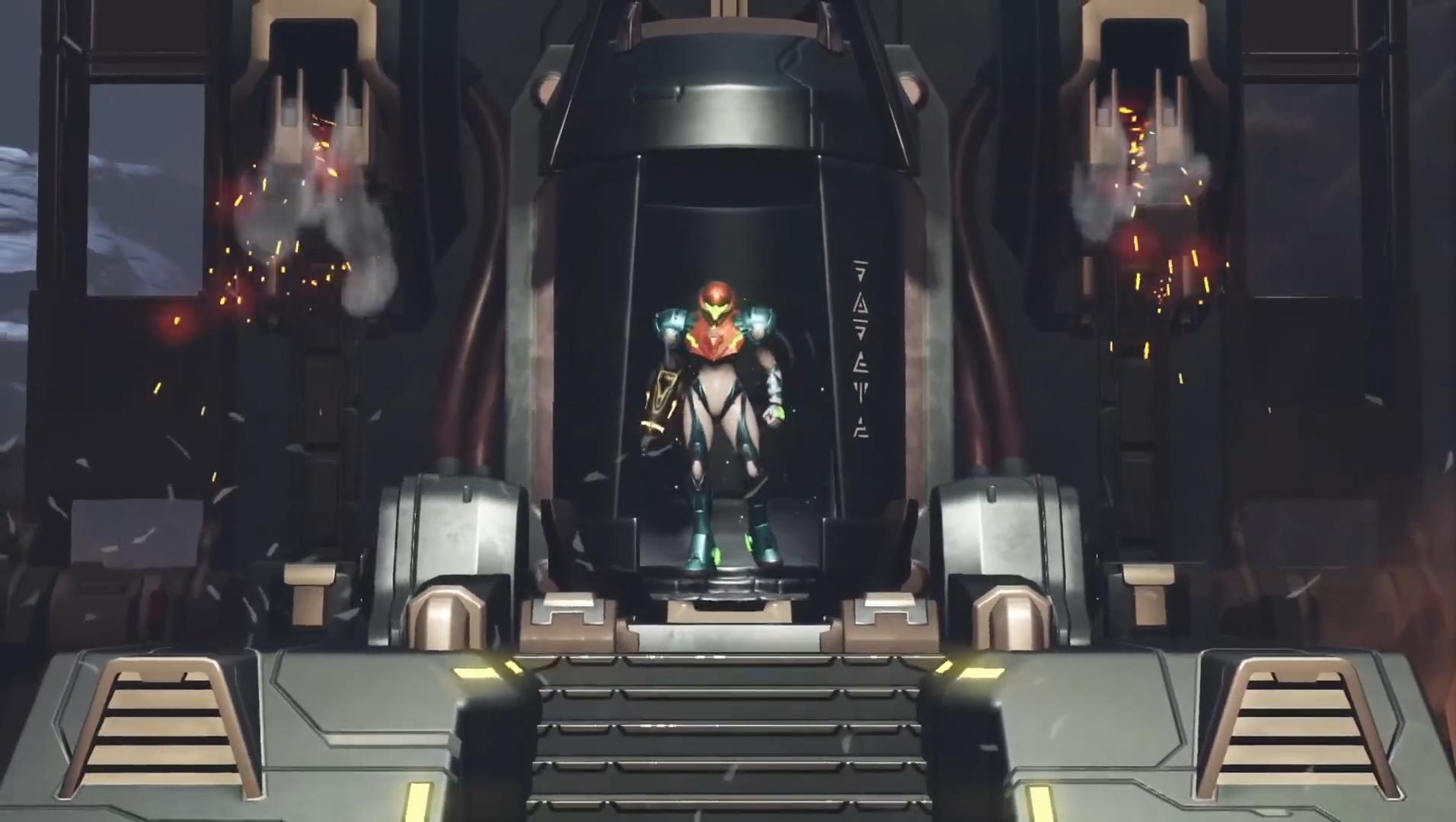
Samus deserves better than a series full of cloned Metroids, two separate cloned Ripleys, multiple Samus doppelgangers, and so many other repeated story beats. She's a bounty hunter in a galaxy full of dangerous bioterrors, mysterious lost civilizations, and a galactic government obsessed with acquiring dangerous organisms like Weyland-Yutani in Aliens. But because the name on the box art is "Metroid" instead of "Samus," developers stick to callbacks and retreads of the same foes.
It reminds me a bit of Halo. The games have rich lore that could spin off in all sorts of directions, but because of the franchise's name, every game has to bring back a galaxy-destroying superweapon or two. (I wonder how many Halo Infinite will have.)
All of this history is exactly why I'm so excited for Metroid Dread. It seems to be bringing this decades-long focus on Metroids to a close, and hopefully opening the door for something new.
One last ride
To get into Metroid Dread, we have to first talk about Metroid Fusion, which proceeds canonically from story beats in Super Metroid (and Other M). Admittedly, it does have several of the retreads I criticized above. But its focus on the X Parasite — a deadly, mutating organism previously held at bay by the now-extinct Metroids — gave the game a much-needed switch from the status quo. It's also heavily story-driven, with plenty of time given to Samus's thoughts and feelings. And the SA-X boss is a deadly, relentless foe on par with Nemesis in Resident Evil.
Dread proceeds directly from Fusion in the timeline, and this couldn't be more auspicious. In this game, you go to planet ZDR and face off against various new foes, including the unstoppable E.D.D.I. robots. There, you'll learn "secret truths" about the Chozo, the wiped-out alien civilization that raised Samus and created the Metroids. Samus's relationship with them has never been fully explained, but according to a recent trailer, the game has a "mysterious" Chozo figure that may or may not be your enemy.
In the Metroid Dread development video above, series co-creator Yoshio Sakamoto gives some fascinating background information on its history. First pitched in 2006, Dread ran up against the limitations of gaming technology at the time and was canceled twice. Presumably, the Nintendo Switch has enough processing power to pull off the cool new mechanics and foes the team wants.
What most intrigues me, however, is his cryptic statement that the Metroid story will come to an end with Dread:
The series has chronicled the uncanny relationship between these Metroids and the heroine Samus, but this game will mark an end to that story arc. We're hoping fans of the series will wonder, "what does 'mark an end to the story arc' mean?" as they play the game.
There's something satisfying in knowing Dread will definitively conclude this decades-long story. Each time you "defeat" the Metroids in previous games, you know deep down that they won't stay dead and that your actions only temporarily bring peace. This time, perhaps thanks to revelations from the Chozo, you'll truly end the threat and let Samus move on to something new.
In Metroid Dread, Metroids and Space Pirates are seemingly nowhere to be seen. And that's a good thing.
Could future Metroid games not have any Metroids in them, or even be called something else? We know Metroid Prime 4 will most likely precede Metroid II in the official timeline, like its Prime predecessors. Other future games may end up as prequels, too. Perhaps the next Samus game will see her hunting a new bounty and facing fresh challenges? This could be the shot in the arm the franchise needs.
Primed for something new

Metroid Dread arrives amid a renaissance of amazing "metroidvania" games like Ori and the Will of the Wisps and Hollow Knight. I'm very curious to see how the OG game that inspired them all holds up by comparison.
Its side-scrolling gameplay may appear a bit too retro for some gamers. It will feel more constricted than the Prime series' expansive, scannable worlds. Given that the last game launched on the 3DS, you might assume this is more of a "portable" game rather than a true "console" entry. However, I suspect Dread will have a lot of hidden depth, with environments you'll re-explore with new abilities to get a 100% rating. And the counter-based combat looks satisfyingly challenging.
I don't know if other Metroid fans agree with me that it's time for a story change, or if the current formula works just fine. I also don't know whether it'll hold a candle to the best Nintendo Switch games. All I know is, this is my chance to signal to Nintendo that, hey, maybe you should release more Metroid games on your consoles, you dinguses! So I'm taking it.
More navigation links:

- PS5 roadmap leaves us with questions
- Metroid Dread could save the franchise
- Age of Empires 4 developer interview
- Mario Party Superstars is a return to the past
- Forza Horizon 5 is not just a racing game
- Battlefield 2042 is embracing goofiness again
- Alan Wake Remastered presents a real opportunity
- We've been waiting for Arceus for years
- Is Nickelodeon All-Star Brawl a true Smash competitor?
- Switch OLED is a much bigger deal than you think
- Is Guardians of the Galaxy another Avengers?
- Best fall Switch games
- Best upcoming Xbox games
